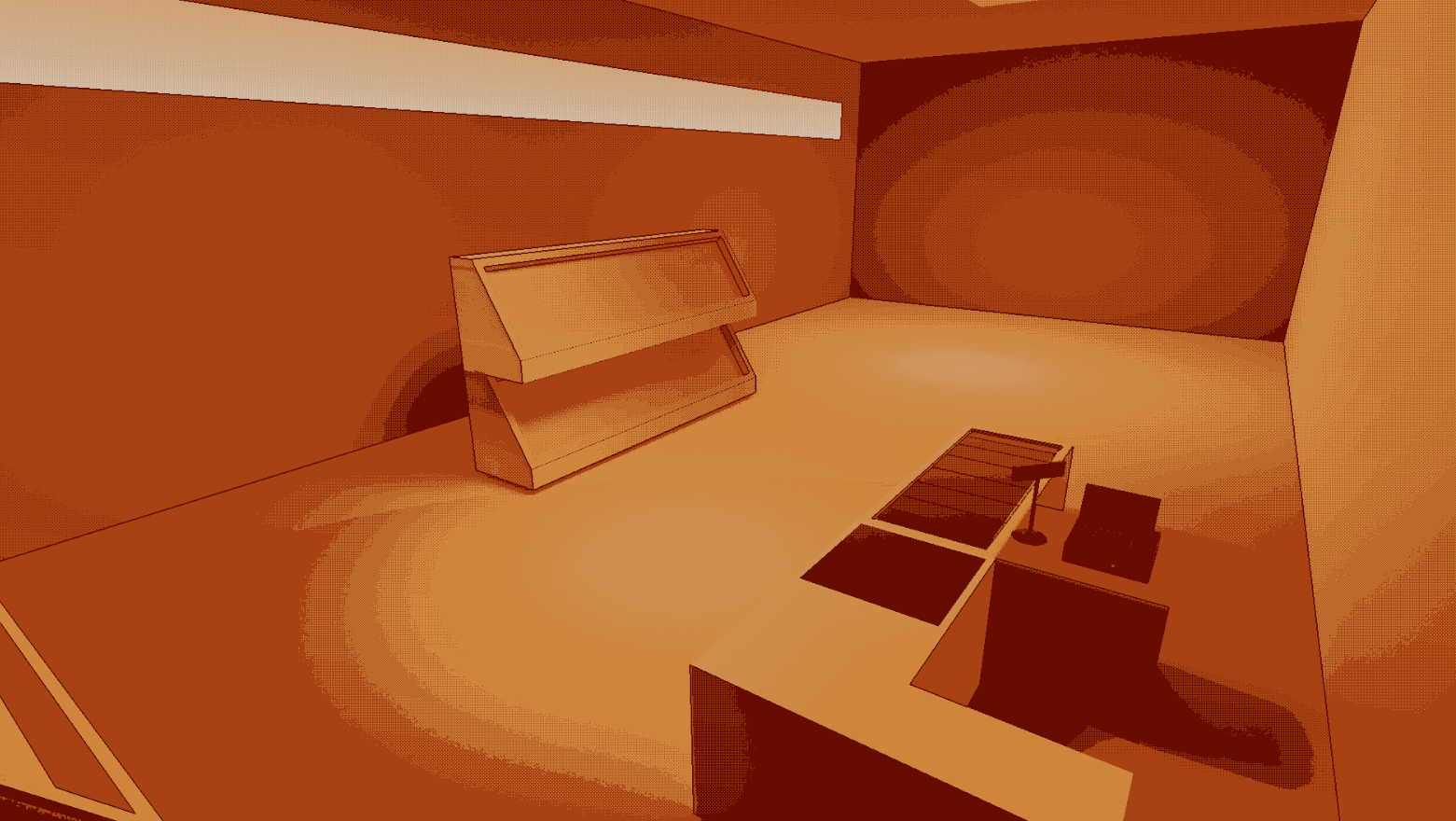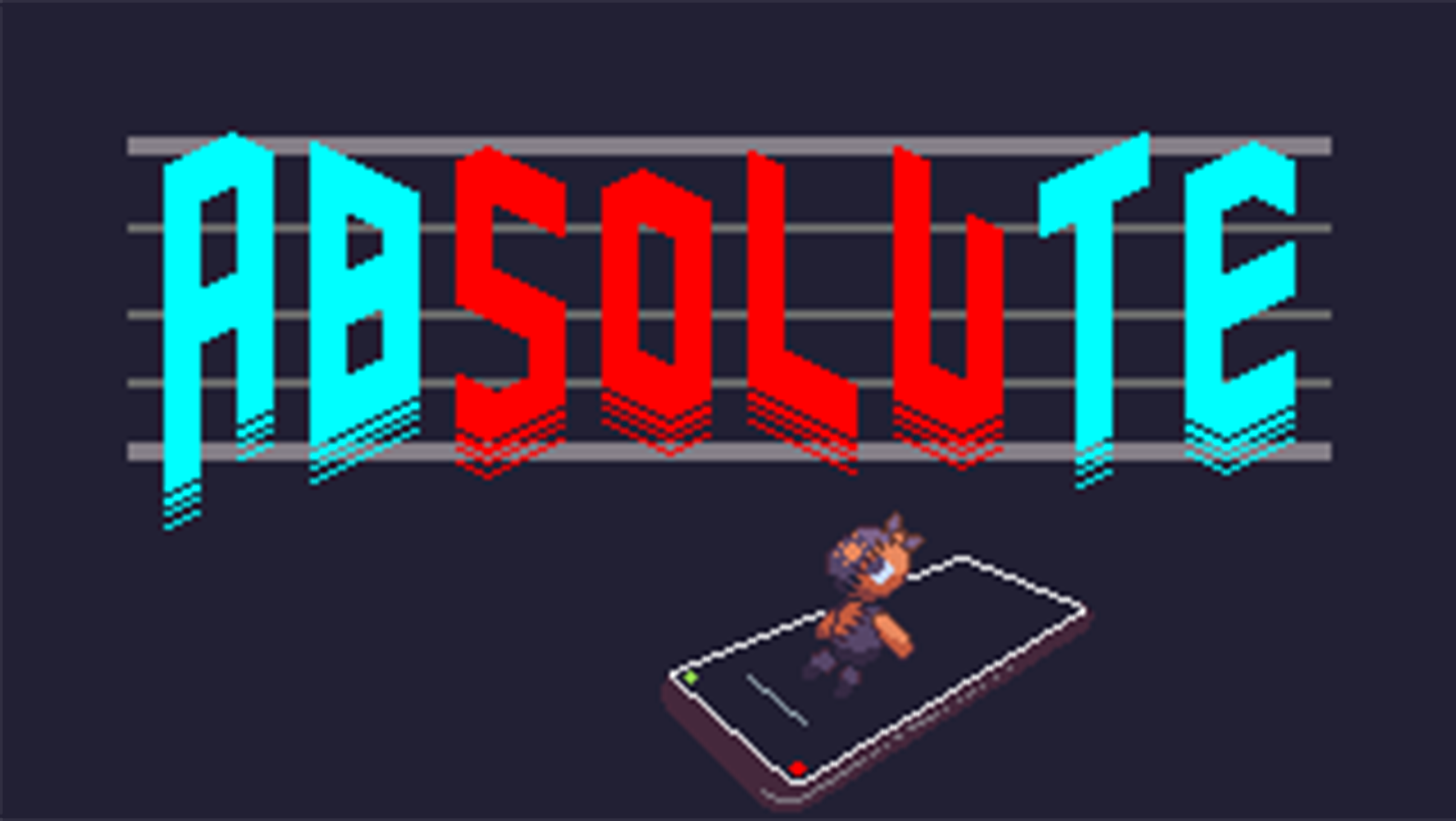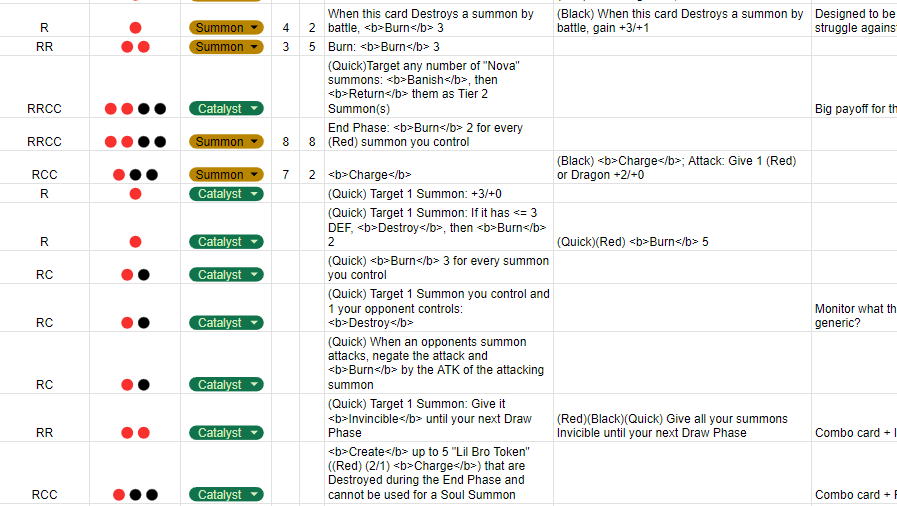Overview
Foresight is a single and multiplayer game developed over the course of a semester in the course GAME 3700 Rapid Idea Prototyping. For this class we were tasked with creating a game centered around a verb that we had rarely seen in games. For this project I chose to design a game solely around the verb "predict". To do so, I created several prototypes from physical to digital, iterating the design focusing on the verb as well as balance. Digital was the medium of the final version to decrease the solvability of the game and create a seemingly infinite amount of possibilities.
The game has 2 roles, an attacker and a defender. The goal of the attacker is to shoot a ball and hit the defender's base. The goal of the defender is to place walls to block the ball. The game is played sequentially, with players confirming their moves separately without knowing what the other player has inputted, then the game plays out the turn based on the player's decisions. If the ball bounces and hits the defender's base, the attacker gains a point, otherwise if the ball runs out of bounces, the defender gains a point. The game ends once a player reaches 5 points.
The final version also features a singleplayer mode where the player can choose either attacker or defender and play against a CPU.
Time Spent: 40+ Hours
Skills
Game Design, Unity, Sound Design, WWISE, Playtesting, Digital Prototyping, Physical Prototyping
Specs
Engine
Unity
Platform
PC
Design
Balance
each player has 1 resource that increase over the course of the game. The more the player has, the easier it is for them to win a given round/the deeper the predictions the other player must make to win.
For the final version, the game is balanced by giving more resources to each player based on the score of the other player. For every point the defender has, the attacker gains 1 additional bounce. For every point the attack has, the defender gets an additional wall to place. Bounces help the attacker have more opportunities and interesting paths to hit the base, while additional walls help the defender limit the options of the attacker.
Sound Design
I used WWise to implement the sounds and music in the game, which was created by a friend for this project. Because I used WWIse, I was able to do some more interesting things with the sounds in particular. For this game, every time the ball bounced, the SFX played increases its pitch, playing out a full scale when the bounces reaches the max.
One learning goal for this project was to learn how to prototype quickly and deliberately to create better designs and discover nuances with the design. Playtesting went through several phases, each focusing on different aspects of the game.
Physical Prototype
The first iteration of the game started as a Physical prototype. The game was very simple, with the game state being static, I was primarily looking to see how the win rates were for each player and how the game felt, as the game was designed to have a good amount of skill expression. This playtest showed that this simple game generally favored the attackers, boiling down the game to a 1 in 3 chance the defender guesses correctly. To combat this, the progression system was added for the defender so that they have more walls to defend with, but this also added an arbitrary rule that a viable path must be open. However, this also had adverse affects on skill expression in later rounds. This led to the attackers also having a sort of progression system, getting 1 wall pierce after losing 3 rounds.
After making these changes, I found that having both player's strength evolve throughout a game led to more interesting and interactive predictions and made the game feel less stagnant. Some aspects of the physical prototype still limited the experience, like needing to keep a path open for the defenders or not having intersecting shot paths for the attacker, which prompted the switch to a digital medium.
Digital Prototype - Singleplayer
With the base mechanics already tested and set, I now focused on testing some of the digital aspects of the game such as the ball shooting mechanics. As such, the first iteration was simply a singleplayer experience with the attacker trying to hit a base with randomly generated walls. As the attacking mechanism was very different, I was mainly looking at if the player could shoot the ball where they wanted it to go. Then, the AI was improved to better mimic a real player, which allowed for better testing of the overall feel of the game. This iteration felt fairly solvable, but still had great moments where the "predict" verb really shone. This worked in tandem with the new map design, which allowed for more interesting paths and bounces for the ball to take. This let me focus more on these aspects going into a multiplayer build.
Digital Prototype - Multiplayer
Finally I arrived at testing out multiplayer and the interactions between players. With the main mechanics transferred to digital, I still needed to make sure the feel of the game was what I wanted. At this point, the balance of the game was very important because if it was skewed in one direction, skill expression would be diminished. From this playtest, I found that the game could use some work with balance, but was overall close with what I had intended. Some seemingly "unwinnable" situations arose, but those situations had counterplay which players discovered, leading to the development of some sort of meta.







